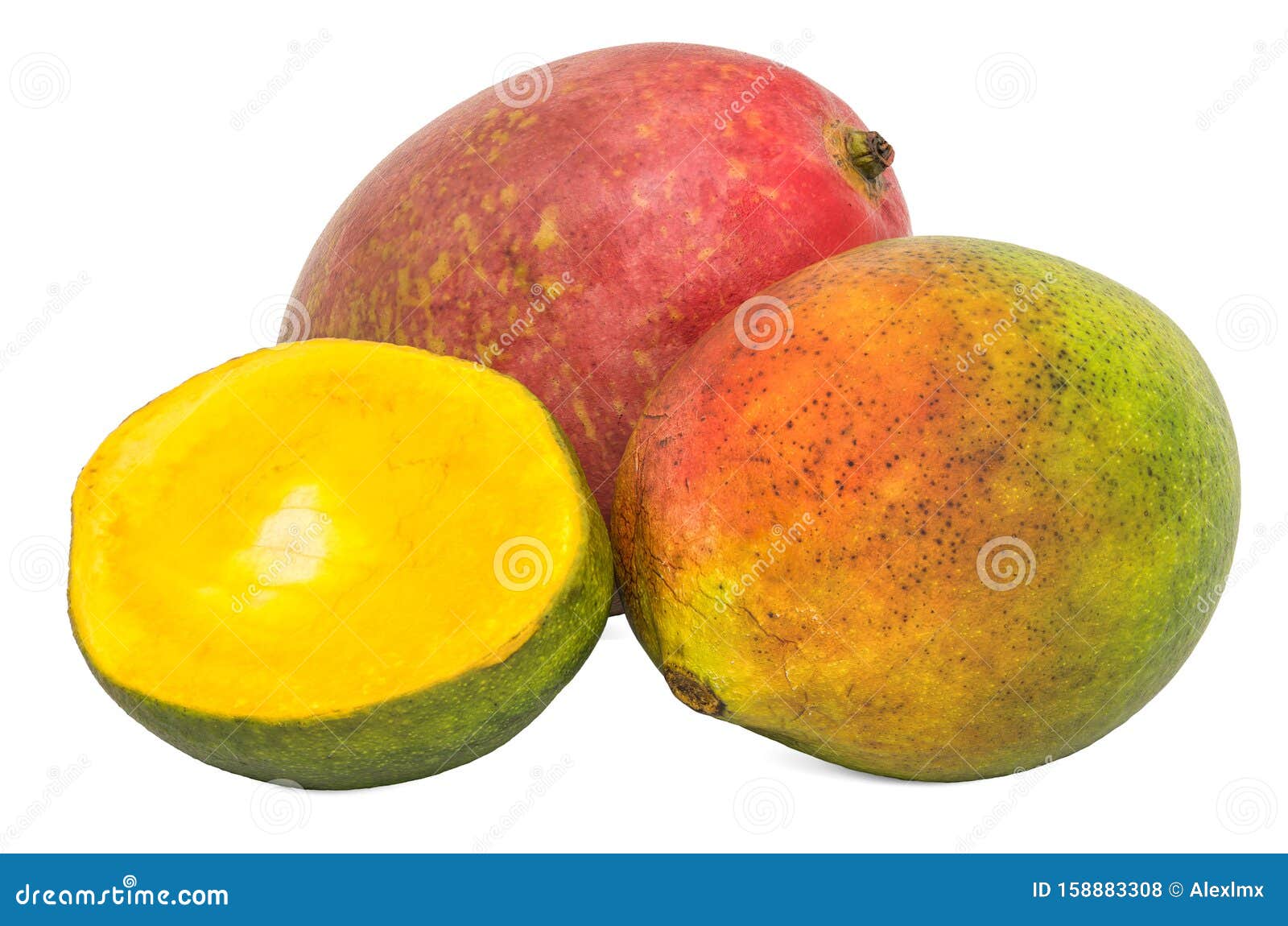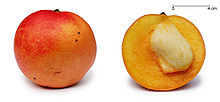
We link primary sources - including studies, scientific references, and statistics - within each article and also list them in the resources section at the bottom of our articles. Medical News Today has strict sourcing guidelines and draws only from peer-reviewed studies, academic research institutions, and medical journals and associations. This, combined with a convincing clinical history of delayed-type rash with mango, confirms allergic contact dermatitis. A positive result indicates a delayed-type allergy to mango.
#Mango cross reactivity Patch
#Mango cross reactivity skin
If a person has evidence of IgE sensitization from skin or blood testing, as well as a convincing clinical history of IgE-mediated symptoms within a couple of hours of consuming mango, this confirms IgE-mediated allergy to mango. Blood tests: The most common way to detect IgE in the blood that is directed specifically against mango, or any other allergen, is the ImmunoCAP test.If a hive occurs in this area within around 15 minutes, this indicates the person has IgE sensitization. Skin prick test: A healthcare professional will use a device to apply a small amount of allergen or allergen extract to the skin.A doctor may also confirm a diagnosis from the following tests: This type of reaction is similar to allergic contact dermatitis.Ī 2022 report states that a 12-year-old developed a rash around their mouth, blisters, and flaky skin after eating mango slices.įood allergy diagnoses typically form a thorough history and physical examination. With a delayed-type allergy reaction, having skin contact with certain proteins in mango can cause an itchy rash to appear hours to days after exposure.Īccording to a 2021 review, instead of looking like hives, the skin may appear: Anaphylaxis is life threatening, and a person should seek medical attention immediately.

In extremely rare cases, a person with mango allergy may experience an anaphylactic reaction. This is also known as pollen food allergy syndrome. Immediate-type allergy can be a classic-type allergy to mango with a risk of anaphylaxis or oral allergy syndrome, which occurs due to cross-reactivity between mango and pollen. Symptoms usually begin within 1 hour of eating mango and include: We explore the symptoms of the two types of mango allergy in further detail below. The delayed type of mango allergy causes an itchy rash around the mouth or eyes. This reaction is more likely to occur with exposure to mango pulp specifically and causes symptoms such as hives, vomiting, or breathing difficulty.Ī delayed-type reaction, which can occur hours or days after exposure, is more common after exposure to mango peel.

The symptoms of mango allergy can fall into two categories.Īn immediate-type allergy - also called immunoglobulin-mediated (IgE-mediated) allergy - may appear within 1 hour of exposure to the mango.

Some people may be able to eat the flesh of a mango with the peel removed without experiencing a reaction. However, in most cases, mango peel is the part of the fruit that triggers an allergic reaction. In some severe cases, mango allergy may cause anaphylaxis, a medical condition that requires immediate treatment. People with a mango allergy may experience symptoms such as rash and itching when exposed to mango. Share on Pinterest Amir Mukhtar/Getty Images


 0 kommentar(er)
0 kommentar(er)
